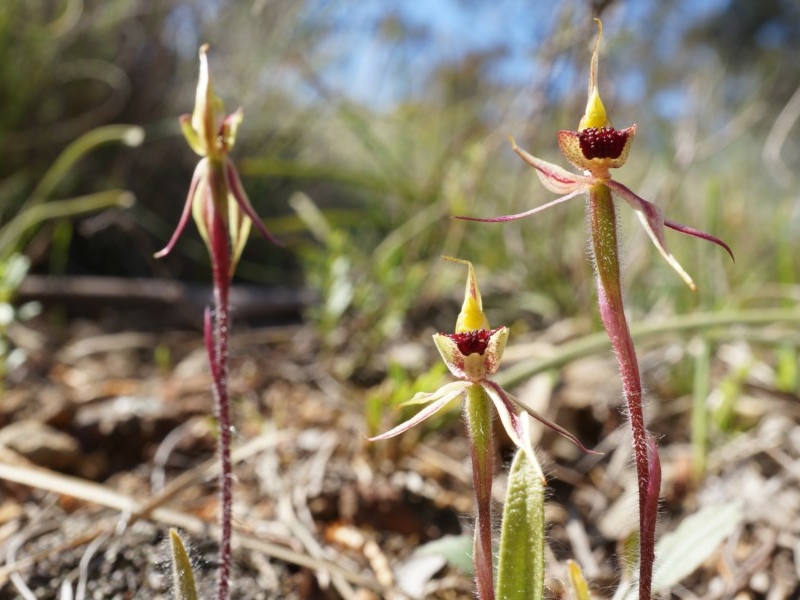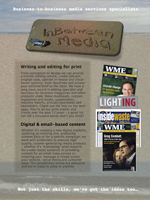 If you think your personal efforts to appreciate and understand your local environment can’t have a positive impact, then think again. The Office of Australia’s Chief Scientist recently issued a statement saying that science in this country is benefitting from “people power” with a growing number of citizen scientists helping expand scientific knowledge and discovery.
If you think your personal efforts to appreciate and understand your local environment can’t have a positive impact, then think again. The Office of Australia’s Chief Scientist recently issued a statement saying that science in this country is benefitting from “people power” with a growing number of citizen scientists helping expand scientific knowledge and discovery.
A new paper from the Office of the Chief Scientist highlights the important role of people in the community collecting data to help solve real world problems. Today in Australia more than 130,000 people, of all ages, are active in over 90 scientific projects, it says.
“Citizen scientists in Australia have already helped to find distant galaxies, discovered new species and assisted with insights to fight diseases like HIV/AIDS and Alzheimer’s,” said Chief Scientist Ian Chubb.
Citizen science projects in Australia have already mobilised 10,000 people to collect 10 million records for a birds database and more than 9,600 people analysed 330,000 photos of marine habitats in a single week. People from the community are also doing crucial work in monitoring dust activity using traps and air samplers. Over 500 people recorded 1,500 sightings in a koala count.
It’s about people with curiosity and passion for science and the environment – often helped by the smartphone in their pocket.
In the case of Aaron Clausen, he was an avid mountain biker, who became an admirer of orchids, and the instigator of the Canberra Nature Map – an online repository for park care groups, volunteers and members of the public to report sightings of rare and endangered plant species.
“I will honestly admit that I used to ride through what I now know are ‘unofficial’ and illegally formed tracks through various parts of Canberra Nature Park,” said Clausen.
After stopping to rest one day, he discovered a number of orchids that he captured on his iPhone camera.
“My curiosity was stirred. So I came back again the next day and found a few more Wax Lips and Leopards, but had no idea about what was about to take place. A transformation of the old, ignorant mountain biker me into the new, reformed, orchid-consumed me,” said Clausen.
The epiphany occurred in the middle of a huge patch of the critically endangered Canberra Spider Orchid (Caladenia actensis).
“The beauty of the first plant I spotted was astonishing and it was quite a surreal moment,” he said.
Clausen continued searching for rare plants, photographing his sightings and recording the GPS locations. In his spare time he created a database schema to store the information so that it could be hosted securely online and easily accessed. This evolved in to the Canberra Nature Map.
“The ACT Government have shown a lot of leadership by being open to the whole concept and taking an active role in shaping and guiding the project,” said Clausen.
Eighteen months after the start of the Map in 2013, the ACT Minister for Environment, Simon Corbell publicly launched the project. It’s since become a definitive source for ACT rare plant records and will soon be expanding to include information on reptiles, birds and butterflies.
“We have then received enquiries from other Governments across Australia to implement a similar platform for them and as a result of the demand have launched NatureMapr (http://naturemapr.org/),” said Clausen.
“We have some brilliant Australian technology that we are now making available to governments and environmental organisations around the world.”
He says: “Don’t underestimate the exciting discoveries you can make by simply taking notes and exploring your local Nature Park in your own time. You are likely to find something that nobody else has yet stumbled across – and it’s even more important to let government know you’ve found it”.
Read more of Aaron Clausen’s story here.


Comments are closed.